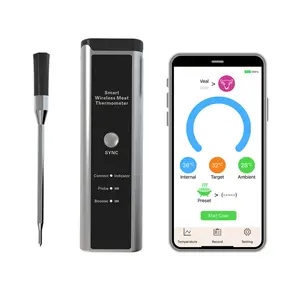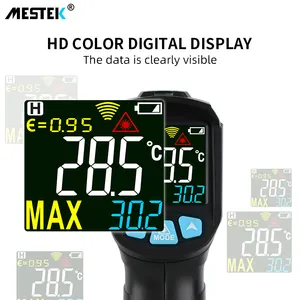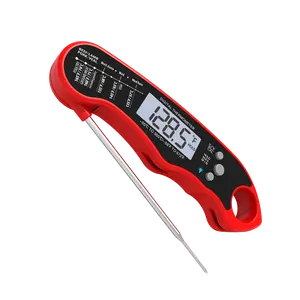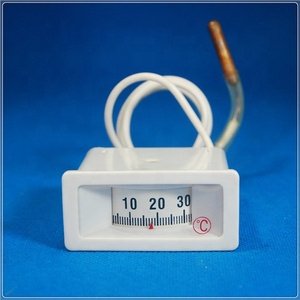Exploring Soil Thermometers: An Essential Tool for Agriculture and Research
Soil thermometers are vital instruments used to measure the temperature of the soil, providing essential data for various applications in agriculture, horticulture, and environmental science. Understanding soil temperature is crucial for seed germination, plant health, and the study of ecological processes. This introduction delves into the utility and functionality of soil thermometers, offering insights into their diverse applications and features.
Types and Features of Soil Temperature Instruments
Soil temperature thermometers come in various forms, including simple analog devices and advanced digital solutions. A digital soil thermometer offers precise readings and often includes features such as data logging. For more in-depth analysis, a soil temperature probe can provide accurate measurements at different soil depths, which is essential for professional agriculturalists and researchers monitoring ground temperature fluctuations.
Another variant, the ground temperature thermometer, is designed to withstand environmental rigors, ensuring reliable performance in various field conditions. These devices can range from basic models that offer immediate temperature readings to more sophisticated units that can track changes over time, such as a soil temp probe with data logging capabilities.
Applications of Soil Thermometers in Different Environments
The use of a soil thermometer is not limited to a single application. In agriculture, it is essential for determining the optimal time for planting and harvesting. A plant thermometer is particularly useful for gardeners to monitor and maintain the required soil conditions for plant health. Environmental scientists rely on ground temperature probes to study seasonal changes and their effects on local ecosystems.
Moreover, a soil temperature tester is a valuable tool for construction and engineering projects where ground temperature can affect material properties and the curing process. The versatility of these instruments underscores the soil thermometer uses across different sectors, highlighting their importance in a variety of professional settings.
Advantages and Material Composition
Soil thermometers are designed with durability and accuracy in mind. Materials commonly used in their construction include stainless steel and rugged plastics, which offer resistance to corrosion and environmental wear. The advantages of using a soil temp thermometer include the ability to make informed decisions based on precise soil temperature readings, leading to improved outcomes in plant yield and research accuracy.
For those requiring mobile data collection, a ground temp thermometer with wireless capabilities can transmit data to a central system for analysis, enhancing the efficiency of data gathering in the field. The integration of technology in these devices, such as in a soil thermometer digital model, allows for more streamlined and user-friendly experiences.
Choosing the Right Soil Thermometer
Selecting the appropriate soil thermometer depends on the specific needs of the user. Factors to consider include the depth of measurement, data logging requirements, and whether a simple analog readout or a more complex digital display is preferred. A ground thermometer with a long probe, for example, would be suitable for deeper soil layers, while a basic model might suffice for surface-level readings.
It is important to assess the intended use, whether it is for a use of soil thermometer in agricultural settings or for environmental monitoring, to ensure the chosen device meets the required criteria for accuracy and functionality.
In conclusion, soil thermometers are indispensable tools for a multitude of professional applications. By providing precise soil temperature readings, they play a critical role in enhancing the efficiency and success of agricultural practices, environmental research, and various industrial applications.
































 浙公网安备 33010002000092号
浙公网安备 33010002000092号 浙B2-20120091-4
浙B2-20120091-4